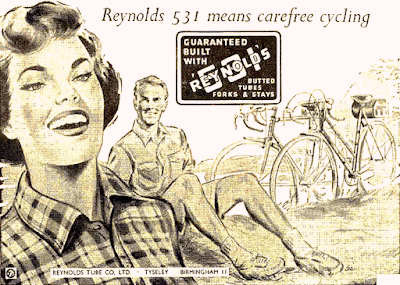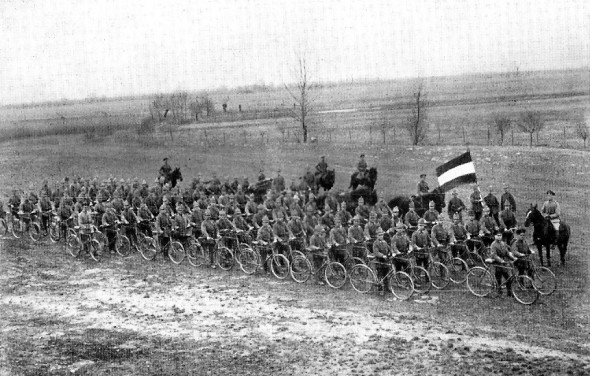Today is D-Day.
On this date in 1944, Allied forces landed on the beaches of Normandy, France. This daring operation is cited as the door that opened to liberating France and, ultimately, western Europe from Nazi occupation.
The Allies included, among others, American, British and Canadian soldiers, sailors and airmen. Don’t ever forget the Canadians: Military strategists and historians have long praised their tenacity and steadfastness.
Like other troops, the Canadians had their weapons: guns, explosives, bayonets—and bicycles.
About 1000 “paratrooper” bikes accompanied Canadian forces on D-Day. Most were left behind when the soldiers were deployed to other fields, sent home or died. Locals picked them up and used them up. Therefore, the one in the photo—in the collection of the Juno Beach Centre, the Canadian museum near the landing beach—is one of the few that survive.
It was issued to Sherbrooke, Quebec Marius Aubé, who served with the Royal Canadian Army Service Corps. He befriended a local farm family and when he departed, he gave the bike to Christian Costil, the family’s 14-year-old son. He used it on the farm and, later, on his rounds as a meter reader. from which he retired in 1985.
The bike also kindled a lifelong friendship that included letters which were donated, along with the bike, to the museum after Costil died in November 2020.
Even without such a back-story, that bike is interesting. For one thing, Birmingham Small Arms—BSA—made it. As their name suggests, they also supplied the British and Canadian forces with firearms.
As you can see from the photo, there are two large wing nuts in the middle of the frame. This allowed the bike to fold, and the trooper to hold it close as he disembarked from a ship, marched—or parachuted. For the latter maneuver, a soldiers would lower the bikes so it hit the ground before he did. That would cushion the impact somewhat and the soldier simply had to straighten the wheel and tighten the wing nuts before pedaling away.























!~~60_1.JPG)






